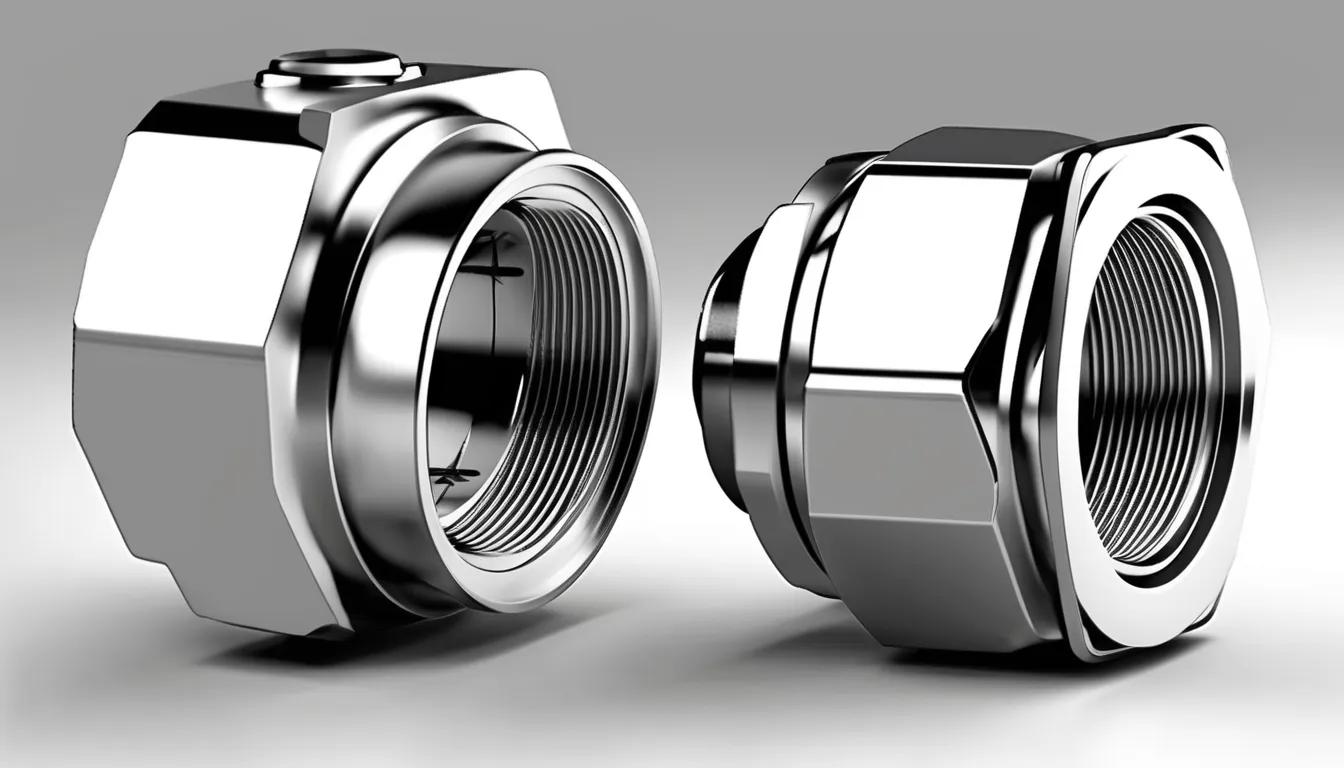In today’s world of advanced technology and industrial systems, efficient cable management is crucial. Whether you’re working with heavy-duty equipment in manufacturing, setting up complex electrical systems, or dealing with telecommunications, keeping your cables organized, secure, and protected is essential. Enter multi-cable glands—the unsung heroes in the world of cable management that make multiple cable connections easy, safe, and secure.
If you’ve ever been involved in electrical installations or industrial systems, you’re probably familiar with cable glands. But multi-cable glands are a game-changer. These components not only simplify the installation process but also ensure that multiple cables are neatly terminated and safely connected to equipment or enclosures. In this article, we’ll take a deeper look at what multi-cable glands are, how they work, and why they’re such an essential part of cable management in modern setups.
What Are Multi-Cable Glands?
A multi-cable gland is a type of cable connector designed to accommodate multiple cables passing through a single entry point into an enclosure, panel, or device. Instead of using separate glands for each individual cable, a multi-cable gland offers a more efficient and organized solution by grouping several cables together in one unit.
These glands are made up of a main body that contains multiple openings for cables, along with seals or inserts to ensure a secure and waterproof connection. They are typically used in environments where multiple cables need to be routed through the same entry point, like electrical panels, industrial machinery, control cabinets, or telecommunication enclosures.
The key advantage of multi-cable glands is that they allow for quick, easy, and organized cable terminations while maintaining the integrity of the equipment they are connected to. Additionally, they offer protection against environmental hazards such as dust, water, and mechanical stress.
Why Use Multi-Cable Glands?
Multi-cable glands offer several compelling benefits that make them the go-to choice for cable management in various industries. Here are some of the top reasons why they are so widely used:
1. Space Efficiency
One of the biggest challenges in industrial and electrical setups is managing space. Large equipment or cabinets often have limited entry points for cables. Traditional single-cable glands can quickly take up more room than necessary, especially when many cables are involved. Multi-cable glands, on the other hand, consolidate multiple cables into one entry point, saving precious space and reducing clutter.
By grouping cables together, multi-cable glands prevent the need for numerous individual glands and provide a more compact and tidy solution. This is particularly beneficial when you need to create a streamlined, efficient system for complex electrical or communication setups.
2. Enhanced Safety and Protection
Safety is paramount when working with electrical systems, and multi-cable glands play a crucial role in ensuring the security and longevity of your equipment. By providing tight, secure seals, these glands prevent dust, moisture, or contaminants from entering the enclosure or equipment, which could otherwise lead to short circuits or malfunctioning.
In addition, multi-cable glands are made from high-quality materials such as nylon, brass, and stainless steel to ensure durability and resistance to environmental factors like temperature fluctuations, corrosive chemicals, and mechanical stress. Whether you’re working in a dry, indoor setting or an outdoor environment exposed to rain, extreme temperatures, or industrial conditions, multi-cable glands provide the necessary protection to keep cables and electrical connections safe.
3. Improved Cable Organization
Cables can easily become tangled or disorganized, leading to installation errors or maintenance headaches down the road. Multi-cable glands help organize cables in a neat and orderly fashion, preventing the messiness of multiple cables running haphazardly through enclosures or equipment.
By bundling several cables into a single gland, you reduce the risk of tangled wires and improve accessibility for future inspections or repairs. It’s easier to identify specific cables when they’re grouped together, helping you troubleshoot and maintain systems more efficiently.
4. Reduced Installation Time and Cost
Installing multiple cable glands can be time-consuming, especially when each cable requires its own separate gland. Multi-cable glands significantly reduce installation time by allowing you to handle several cables at once. This not only speeds up the installation process but also reduces labor costs associated with wiring and cable management.
In addition to saving time, multi-cable glands can reduce the overall cost of your project by minimizing the number of components needed for the job. Fewer glands mean fewer parts to purchase and install, making multi-cable glands a cost-effective solution for projects of all sizes.
5. Versatility for Different multi cable gland Types
Multi-cable glands are designed to be versatile, accommodating a wide range of cable sizes and types. Whether you’re working with power cables, control cables, data cables, or fiber optics, you can find a multi-cable gland that fits your specific needs. These glands are available in various configurations, with adjustable seals and inserts to create tight connections for cables of different diameters.
This adaptability makes multi-cable glands an ideal choice for a variety of industries, from manufacturing and telecommunications to power generation and automation.
Applications of Multi-Cable Glands
Multi-cable glands are used in a wide variety of industries and applications. Some of the most common include:
- Industrial Automation: In factories and plants, multi-cable glands help organize and secure control cables, power lines, and communication cables entering electrical panels and machinery.
- Telecommunications: Communication systems rely heavily on multi-cable glands to manage the complex network of wires and cables that run through data centers and telecommunications equipment.
- Marine and Offshore: Multi-cable glands are essential in marine and offshore environments, where equipment is exposed to harsh conditions like saltwater, moisture, and extreme weather.
- Oil and Gas: In oil rigs and refineries, multi-cable glands provide essential protection against fire hazards, chemicals, and temperature extremes, ensuring that cables and electrical systems remain safe and functional.
- Renewable Energy: In wind turbines, solar farms, and other renewable energy installations, multi-cable glands are used to connect a large number of cables, ensuring energy systems operate efficiently and safely.
Choosing the Right Multi-Cable Gland
Selecting the right multi-cable gland depends on several factors, including the type of cables you’re using, the environment the gland will be exposed to, and the specific requirements of your project. Here are a few key considerations to keep in mind:
- Cable Size: Ensure that the gland you choose can accommodate the cable diameter you’re working with. Many multi-cable glands offer adjustable seals to accommodate a range of sizes.
- Material: Choose a gland material that’s appropriate for your environment. For example, if you’re working in corrosive or high-temperature environments, opt for stainless steel or brass glands for added durability.
- Ingress Protection (IP) Rating: The IP rating indicates the level of protection against water and dust. If your installation is exposed to outdoor elements or moisture, make sure to select a gland with a high IP rating to prevent damage.
- Ease of Installation: Consider how easy the gland is to install. Look for glands that come with clear instructions, easy-to-assemble components, and minimal tools required for setup.
Conclusion
Multi-cable glands are a critical component in modern electrical and industrial systems, providing a neat, efficient, and safe way to manage multiple cable connections. By consolidating several cables into one entry point, multi-cable glands save space, enhance safety, improve organization, and reduce installation time and costs. Whether you're working in an industrial plant, a telecommunications center, or a renewable energy facility, these glands offer the versatility and protection you need for secure cable terminations.
With their ability to simplify complex installations and ensure reliable performance, multi-cable glands are truly the perfect solution for multiple cable connections. By understanding their benefits and choosing the right type for your needs, you can improve your cable management and take your projects to the next level.





